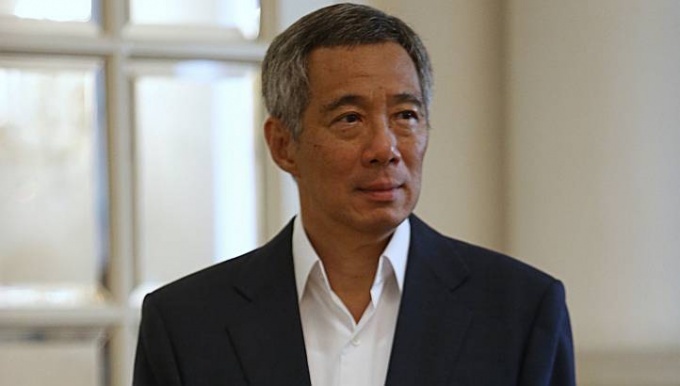Asia in 20 years: PM paints two scenarios
The next two decades present a historic opportunity for Asia, if the dominant regional powers — the United States, China and Japan — can work together peacefully, said Prime Minister Lee Hsien Loong. But there are uncertainties and challenges that could lead to tensions and disputes. Mr Lee made these points in a keynote address on Scenarios For Asia In The Next 20 Years at the 20th Nikkei International Conference in Tokyo yesterday. Below is the transcript of his speech.
Today Online
I would like to wish the Nikkei Conference a very happy 20th anniversary! Nikkei started this conference in 1995, with Mr Lee Kuan Yew and other Asian leaders. It has grown into a valuable platform to discuss developments in Asia. By promoting mutual understanding, the conference also contributes to growth and prosperity in the region. Congratulations!
This year’s theme is “Rising Asia — Messages for the Next 20 Years”. Everyone knows the remarkable progress Asia has made in the last 20 years. Since the end of the Cold War, Asia’s strategic weight in international affairs has grown. It is home to more than half of the world’s population, and its share of global GDP has risen from one-fifth to one-third. Asia is exerting greater soft power too, whether through Uniqlo fashion, Bollywood movies or K-pop.
Where will Asia be 20 years from now? We can predict some trends with confidence, but there are many unknowns, and therefore many different possible outcomes. This morning I will talk about both the clear trends and the critical uncertainties in Asia over the next 20 years. The key players will still be the US, China and Japan. (India may play a significant role too, but its focus will be in South Asia rather than East Asia.) What key questions will determine how things turn out in these countries? That will give us a basis to discuss how the regional landscape as a whole will look in 2034. I hope you find this approach useful in understanding the dynamics of a rising Asia.
WHITHER REGIONAL POWERS?
US
Let me begin with the US. Today it is the dominant global power. In the Asia-Pacific, US power and influence have underpinned regional security and stability since the Second World War, and enabled all countries to prosper. The US has been a benign and constructive power, which explains why it is still welcomed by countries in the region. The Obama administration’s “rebalancing” towards Asia reflects the American strategic view, that the US has been and always will be a Pacific power.
Unfortunately, the strains of being the global policeman have taken their toll on the US. The wars in Iraq and Afghanistan have cost the US more than 50,000 soldiers killed or wounded. The American people are naturally war weary. They are reluctant to engage in new fights or take on fresh burdens, whether in Syria, Ukraine or Asia. Its adversaries sense this, and harbour hopes that the US has lost the will to advance its interests and defend its “red lines”.
The US economy too has also gone through a rough patch. The Global Financial Crisis was a major setback. The crisis is past, but conditions have still not recovered to their pre-crisis levels.
Politically, deep divisions between the Democrats and Republicans have undermined America’s ability to tackle the financial crisis, as well as other important issues ranging from reforming immigration laws to overhauling social spending.
Because of these difficulties, some say that the US is in permanent decline. I do not believe this. The US is a very resilient, dynamic and entrepreneurial society. It has been through many trials and tribulations in its history, but each time it has bounced back.
I believe that in 20 years’ time, the US will remain the world’s pre-eminent superpower. China’s GDP will probably exceed America’s in absolute terms, but not in per capita terms. The US will still be the world’s most advanced economy, leading the way in innovation, technology and talent. I expect the Fortune 500 global list to include many new American companies which do not yet exist today, just as neither Google nor Facebook existed 20 years ago. Shale gas will enhance the competitiveness of US industries, and could also be an additional tool of American diplomacy. The US armed forces will still be the most formidable and technologically advanced in the world.
Whatever its preoccupations elsewhere on the globe, the US will continue to have a huge stake in Asia. The US will still have important interests, large investments, major markets and many friends here. It will have every incentive to engage the region across a broad front.
There are two key uncertainties in this prediction. The first is how soon Americans get over the current mood of angst and withdrawal, and regain the confidence and will to advance American interests around the world. The second is when the US can get its politics to work. Politicians on both sides need to come together to overcome the present gridlock and forge a consensus on the way forward, rather than be mired in partisanship and fundamental disagreement. I do not know when the US public mood or political impasse will change, but I am confident that these are not questions of whether, but when.


